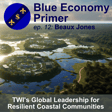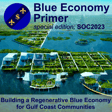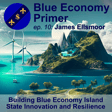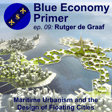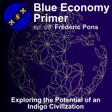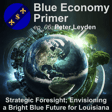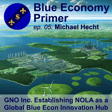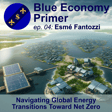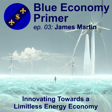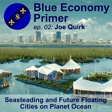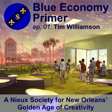
#19 - New Orleans, Venice, and The European Cultural Centre; Partners for Coastal Community Resilience
This episode features Lucia Pedrana, Exhibition and Events Organizer for the European Cultural Centre in Venice, and PhD candidate Hadi El Hage who is a Lead Curator for Public Programs at the ECC. ECC Italy is a well-established branch of the larger European Cultural Centre, a cultural organisation founded in 2002 by artist René Rietmeyer committed to further develop and enhance intellectual and cultural exchange. To achieve this, the ECC continues to expand its international network of inspired, creative, and dedicated individuals. Among our main activities are the planning and management of cultural projects and the creation of exhibitions, publications, videos, and educational programms.
Lucia and Hadi were two of the key facilitators and curators for the Shaping the City Forum that took place October 5th and 6th of 2023 in New Orleans, in collaboration with New Orleans-based NANO Architecture & Interior Design. Lucia and Hadi explain to us the importance of their international work with Shaping the City: A Forum for Sustainable Cities and Communities, organized by the European Cultural Centre. For the forum, the ECC partnered with visionary architects Terri Dreyer and Ian Dreyer, NANO’s founding partners, to showcase their extraordinary storm and flood resilient infrastructure designs for the greater New Orleans region, honored with an ECC award as part of the Venice Architecture Biennale.
Please visit the episode 19 webpage to find additional links, references and background information.
GUEST BIOS
Lucia Pedrana
Senior Exhibition and Events Organizer
Lucia has a background in art history and art managements with experience in museum education and communication. Currently managing a group of architecture and art exhibition organizers both in curating and logistics. Developing the international university program for architecture, design, and art universities in Venice for exhibitions and educational programs. Founder of Shaping The City symposium, lecturer at European Cultural Academy.
Hadi El Hage
Lead Curator for Public Programs
Hadi is an Architect and urban planner combining research and project implementation competencies with a wide experience in the coordination of architecture and urbanism exhibitions. Hadi specializes in cross-sectoral and multicultural environments. He has diverse experiences in the Middle East, China, and Europe in architecture and urban planning with focus on environmental planning and policies, climate change, waterfront regeneration, coastal areas, and health of cities.
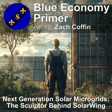
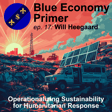
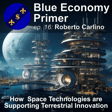
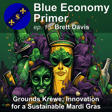
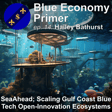
![#13 - Build [Back] Better; Tech Enabled Storm Resilient Coastal Communities image](https://media.zencastr.com/cdn-cgi/image/width=112,quality=85/image-files/63bf157c8c660743f14be65a/98cfe1b8-9955-4de4-b5df-a451e510bb82.jpg)
